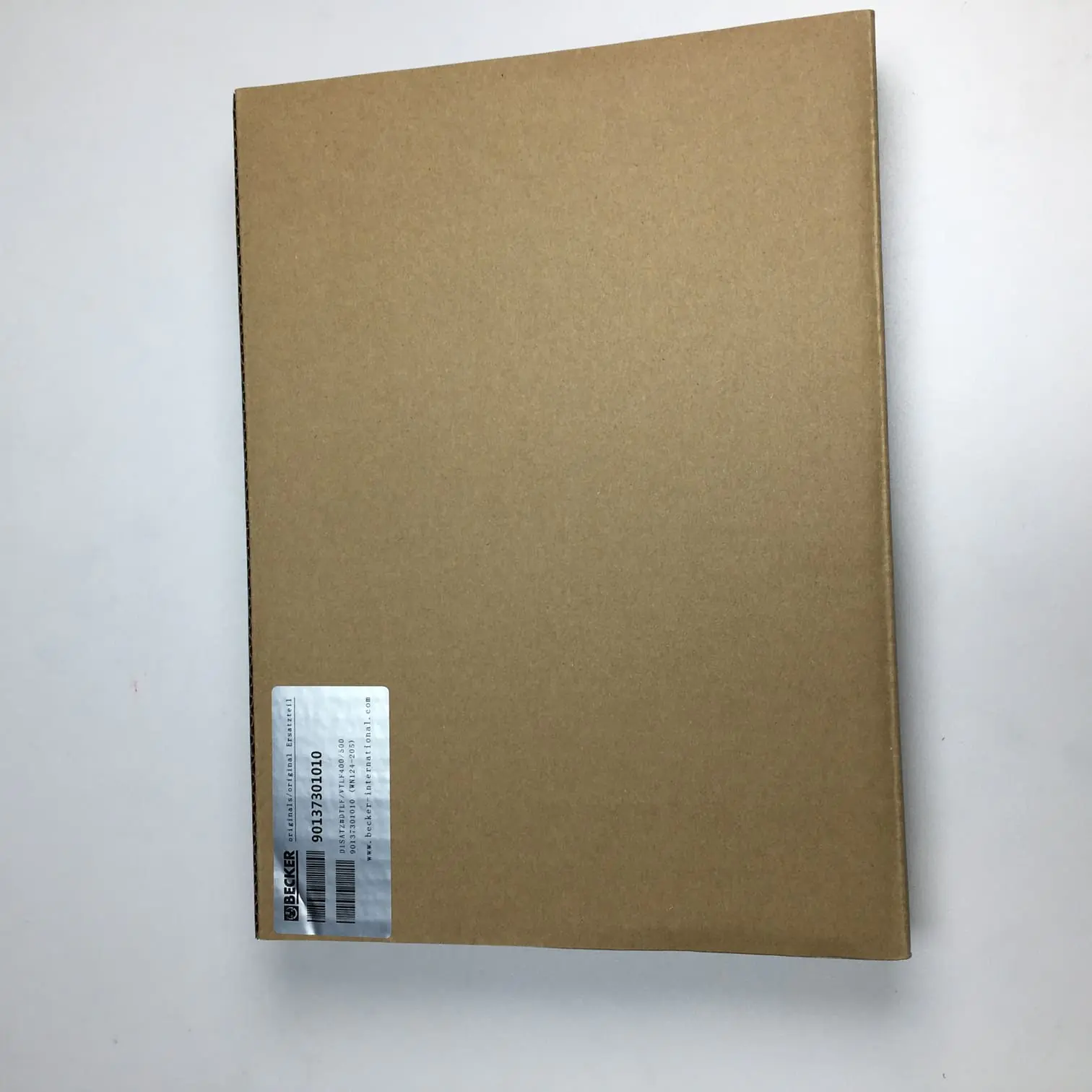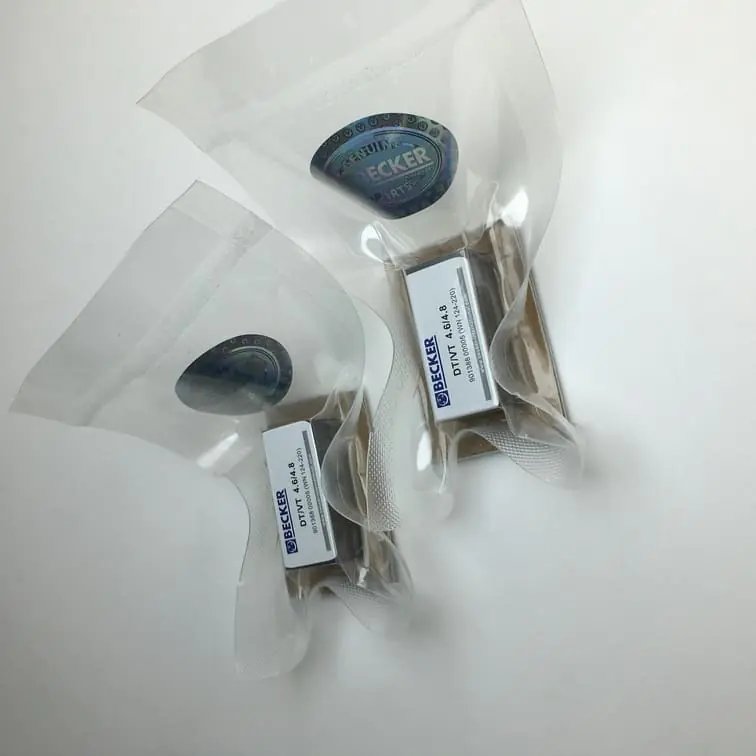The maintenance of a vacuum pump is essential to ensure its longevity and efficient operation. One of the common issues faced by vacuum pump users is white milky oil. This strange transformation of the oil from its original color into a milky, opaque consistency can be alarming. It often indicates a specific issue that needs to be addressed for the health of the pump. In this article, we will discuss the causes of white milky vacuum pump oil, how to fix the issue, and how to prevent it in the future.
Understanding the Basics of Vacuum Pump Oil
What Is Vacuum Pump Oil?
Vacuum pump oil plays a critical role in the performance of a vacuum pump. It serves multiple purposes, such as lubricating moving parts, providing a seal between components, and helping in the heat dissipation process. Its characteristics are what make a vacuum pump function smoothly and effectively.
The primary functions of vacuum pump oil are:
- Lubrication: The oil ensures that all the moving components within the pump are well-lubricated to reduce friction and wear.
- Heat Transfer: It helps in dissipating heat generated during pump operation.
- Sealing: The oil also creates a seal, allowing the pump to create the vacuum required for operation.
Proper oil maintenance is crucial because degraded or contaminated oil can significantly impact the efficiency of the vacuum pump. It’s also essential to understand how contaminants, such as moisture, can cause the oil to turn white and milky.
Why Does Vacuum Pump Oil Turn White and Milky?
Common Causes of White Milky Vacuum Pump Oil
The milky appearance in vacuum pump oil is typically caused by water contamination. Water entering the oil system creates an emulsion, resulting in a milky consistency. Below are the main reasons why this happens:
- Condensation Build-up
- When a vacuum pump operates in a humid environment, condensation can form inside the pump. This is particularly common when the pump runs at low temperatures, causing moisture in the air to condense.
- Process-related Contamination
- If the vacuum pump is used in processes where water vapor is prevalent, such as drying or dehumidification, this vapor can enter the pump and mix with the oil. Over time, this results in a milky texture.
- Poor Maintenance
- Not replacing the oil at regular intervals can cause moisture and other contaminants to accumulate, leading to the formation of a milky emulsion.
- Leaky Seals
- A leaking seal can also allow water to enter the pump. This is often seen in older pumps where seals and gaskets have begun to wear out.
“Moisture contamination is the leading cause of milky vacuum pump oil. Proper maintenance and timely oil changes are essential to avoid this issue.”
Understanding the Consequences
White, milky oil is an indicator of a contaminated vacuum pump system. Continuing to operate with such oil can have serious consequences:
- Reduced Efficiency: The oil loses its lubricating properties, causing increased wear and tear.
- Increased Friction: The presence of water leads to increased friction between components, potentially causing them to overheat.
- Corrosion: Water contamination can lead to rust and corrosion inside the pump, shortening its lifespan.
How to Fix Milky Vacuum Pump Oil
Step-by-Step Guide to Resolving the Issue
If you notice that your vacuum pump oil has turned white and milky, it’s important to take immediate action. Below is a step-by-step guide to fixing the issue:
- Shut Down the Pump
- Turn off the vacuum pump and allow it to cool down.
- Drain the Contaminated Oil
- Locate the oil drain plug and carefully drain all the milky oil. Make sure to collect it in an appropriate container for proper disposal.
- Inspect for Potential Leaks
- Check for any leaks, especially around seals and gaskets, which may have allowed moisture to enter the pump.
- Refill with Fresh Oil
- Refill the pump with high-quality vacuum pump oil. Ensure that you use the correct type and grade recommended by the manufacturer.
- Run the Pump to Evaporate Residual Moisture
- After adding fresh oil, run the pump for a short period to allow any residual moisture to evaporate.
For better performance and long-term usage, consider upgrading your pump components. For instance, vacuum pump vanes are an essential part of a well-functioning pump, and keeping them in good condition is crucial. You might want to consider replacing worn-out vanes with the 90137301010 | WN 124-205 Original Becker Set of 10 Vanes.

Preventing Moisture Contamination in Vacuum Pump Oil
Routine Maintenance Practices
Preventing the contamination of vacuum pump oil with moisture requires proper maintenance practices. Here are some key preventive steps:
- Regular Oil Changes
- Always change the vacuum pump oil at regular intervals as specified by the manufacturer. Frequent oil changes ensure that any moisture accumulated is removed before it can cause harm.
- Operate the Pump at Optimal Temperature
- Operating the vacuum pump at the correct temperature ensures that moisture is evaporated instead of condensing. Warm oil can better handle moisture without forming an emulsion.
- Use Gas Ballast
- Many vacuum pumps come equipped with a gas ballast. Engaging this ballast allows air into the compression stage, helping to remove moisture vapor before it contaminates the oil.
- Proper Storage of the Pump
- When the vacuum pump is not in use, ensure that it is stored in a dry area. Exposure to moisture during storage can lead to condensation forming inside the pump.
Investing in Quality Components
Another effective way to ensure the efficient operation of your vacuum pump is to invest in high-quality components. Carbon vanes, for example, play an important role in maintaining the vacuum. For quality parts, consider using 90138800005 | WN 124-220 Original Becker Set of 5 Vanes for optimal performance.

Comparison Table: Causes vs. Solutions for Milky Oil
| Cause | Solution |
|---|---|
| Condensation | Use gas ballast, proper temp |
| Process-related Contamination | Regular oil changes |
| Poor Maintenance | Follow routine maintenance |
| Leaky Seals | Inspect and replace seals |
The Importance of Quality Oil in Vacuum Pumps
Why Using the Right Oil Matters
Using the right type of oil is crucial for maintaining the efficiency and reliability of your vacuum pump. Not all oils are created equal, and choosing the wrong oil can lead to issues like reduced vacuum capacity, increased wear, and contamination.
- Viscosity
- The viscosity of the oil affects how well it can lubricate moving parts. High-quality vacuum pump oils have the ideal viscosity needed for low-pressure environments.
- Thermal Stability
- Vacuum pump oil needs to withstand the temperatures generated during operation. If the oil breaks down, it can lead to increased sludge formation and reduce pump efficiency.
- Moisture Absorption
- High-quality oils are less likely to absorb water, preventing the milky, emulsified appearance that indicates contamination.
Recommended Oil Types
The type of oil you should use depends on the type and model of your vacuum pump. Here are some commonly used vacuum pump oils:
- Mineral Oil: Suitable for general-purpose use, but can be prone to moisture absorption.
- Synthetic Oil: Offers better thermal stability and moisture resistance, making it ideal for demanding environments.
- Hydrocarbon Oils: Often used for vacuum pumps that require a low vapor pressure oil, providing better efficiency.
Real User Experiences with White Milky Oil
Case Study: A User’s Story
“I noticed my vacuum pump oil turning milky just a few months after setting up the pump for our lab. I realized that it was happening because the ambient humidity in the room was too high, and I wasn’t running the gas ballast regularly. After draining the contaminated oil and replacing it, I made sure to run the pump at a warmer temperature and engage the gas ballast each time. Since then, I haven’t seen any milky oil issues.”
- Sandra H., Lab Technician
This real-life experience highlights the importance of understanding the operating conditions of your vacuum pump and adhering to maintenance guidelines to avoid issues like milky oil.
Conclusion: Keep Your Vacuum Pump in Top Shape
White milky vacuum pump oil is a clear indication of water contamination, which can significantly affect your pump’s efficiency and lifespan. Understanding the causes—such as condensation, leaky seals, and inadequate maintenance—helps you address and prevent the issue.
By following proper maintenance practices, including regular oil changes, checking for leaks, and using a gas ballast, you can keep your vacuum pump in optimal condition. Additionally, investing in quality components like carbon vanes and using the right type of oil can make a substantial difference in your pump’s performance.
Always remember, keeping your vacuum pump’s oil in good condition is one of the simplest yet most effective ways to ensure its longevity and reliability. Take action today to maintain your vacuum pump, and you’ll save time, money, and effort in the long run.
